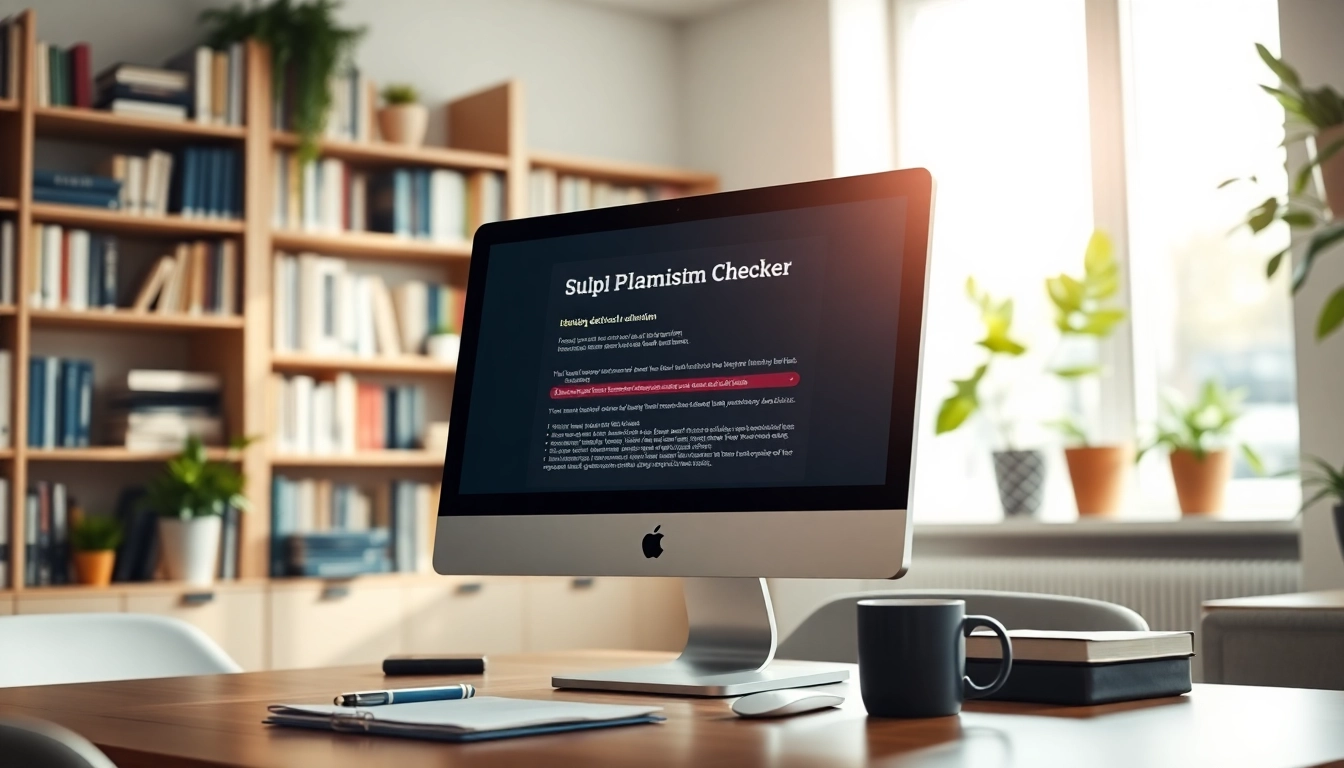Understanding the Cost of MBBS in Australia
Pursuing a medical degree is a significant investment, and choosing to study MBBS in Australia can be both rewarding and challenging. The costs associated with this journey can vary substantially based on numerous factors. In this article, we’ll explore the integral aspects of the MBBS in Australia fees, discussing tuition fees, associated costs, and available financial aid options.
Overview of Tuition Fees
The tuition fees for MBBS programs in Australia can range from AUD 30,000 to AUD 80,000 per year for international students. These figures depend on the university, the specific course structure, and the duration of the program. Generally, public universities offer lower fees compared to private institutions; however, the programs in reputable private medical schools are often highly regarded and may offer superior facilities and opportunities.
It is important to note that tuition fees also increase yearly. Students should budget for possible tuition escalations while planning their finances. Additionally, many universities introduce a variety of courses and optional subjects, which can further affect the overall costs.
Other Associated Costs
Beyond tuition, several other costs emerge when enrolling in an MBBS program. These include:
- Student Services and Amenities Fees: Most universities charge fees that cover various student services, which can range from AUD 200 to AUD 1,000 per year.
- Textbooks and Supplies: Students should set aside another AUD 1,000 to AUD 3,000 annually for textbooks, medical tools, and other learning resources.
- Clinical Placement Costs: This can include travel expenses and possibly accommodation, particularly for those who must travel to different hospitals or clinics.
- Health Insurance: Overseas Student Health Cover (OSHC) is mandatory for international students, costing approximately AUD 500 to AUD 600 per year.
Overall, students should anticipate total annual expenses of between AUD 45,000 and AUD 100,000, taking into account both tuition and living expenses, depending on their lifestyle choices.
Financial Aid and Scholarships
For many students, financing an MBBS degree poses a significant challenge. Fortunately, there are various scholarships and financial aid options available for both domestic and international students. Many universities provide scholarships based on academic excellence, financial needs, and community service involvement.
Apart from university-specific scholarships, organizations such as the Australian Government offer several programs like the Endeavour Postgraduate Scholarships for high-achieving international students. Furthermore, certain universities have established partnerships with private sponsors to provide additional financial assistance.
Comparative Analysis with Other Countries
Aiming for an MBBS degree necessitates careful comparisons of costs and quality across various countries. Understanding these aspects can help international students make informed choices about their educational journey.
Tuition Trends in Australia vs. Other Popular Destinations
When we consider tuition fees, Australia typically falls on the higher end compared to some other countries. For instance, the annual cost of studying MBBS in the United States can be as high as USD 65,000, while students in the UK may pay around GBP 30,000 to GBP 40,000. Other popular destinations like India offer MBBS programs at significantly lower costs, sometimes as low as INR 1,000,000 (approximately AUD 18,000) for the entire program.
Living Costs in Australia Compared to Nearby Countries
Living expenses are also an essential factor when evaluating the costs of studying MBBS. Australia is generally more expensive than countries like New Zealand, where living costs average AUD 1,500 to AUD 2,500 per month compared to Australia’s AUD 2,500 to AUD 4,000 per month, depending on the city. In contrast, Southeast Asian countries like Malaysia and Thailand present considerably lower living expenses, making them attractive study destinations for aspiring medical students.
Regional Differences in Fees Across Australia
The costs associated with studying MBBS vary significantly across different regions in Australia. For example, universities in major cities such as Sydney and Melbourne typically charge higher fees and living expenses compared to those in regional areas like Hobart or Launceston. While universities in Sydney may charge upwards of AUD 70,000 annually, counterparts in Tasmania or even Queensland might offer lower fees, making the latter options appealing for budget-conscious students.
Detailed Breakdown of Fees by University
Understanding the specifics of each university’s fee structure can empower prospective students to make more informed decisions.
Top Universities Offering MBBS Programs
Several prestigious universities offer MBBS programs in Australia:
- University of Melbourne: Renowned for its rigorous curriculum, it charges approximately AUD 75,000 per year.
- University of Sydney: Known for research and clinical placements, with fees around AUD 69,000 annually.
- Monash University: Offers a well-structured program costing around AUD 62,500 per year.
- University of Queensland: Located in Brisbane, it provides its program for about AUD 65,000 per year.
- Australian National University: Offers competitive fees at around AUD 60,000 annually.
Fee Structures: Public vs. Private Institutions
The distinction between public and private institutions greatly influences the fee structures for MBBS programs. Public universities tend to offer lower tuition fees supported by state funding; however, programs can become very competitive. In contrast, private universities may have higher fees due to lesser governmental support but often provide smaller class sizes and personalized attention, leading to potentially different educational experiences.
Additional Expenses to Consider
Before making the leap to study MBBS, students should also account for other potential expenses, which may include:
- Travel Expenses: For students traveling from overseas, airfare can range from AUD 1,000 to AUD 2,500.
- Accommodation Costs: Rent varies widely; shared housing averages AUD 500 to AUD 1,200 per month.
- Meal Plans: Monthly grocery costs may range between AUD 300 and AUD 600.
- Public Transport: Commuting costs can add up to AUD 100 to AUD 150 monthly.
Funding Your MBBS Journey in Australia
Successfully funding an MBBS degree in Australia involves a combination of scholarships, loans, and part-time work opportunities. Understanding these various avenues can help ease the financial burden for aspiring medical students.
Scholarships Available for International Students
International students have numerous scholarship options available. Universities often provide merit-based and need-based scholarships. Examples include:
- The University of Melbourne International Undergraduate Scholarship: This scholarship can significantly reduce tuition costs for high-achieving students.
- Vice-Chancellor’s Scholarship at the University of Sydney: Offers a generous reduction in tuition fees for eligible students.
- Australian Awards Scholarships: Funded by the government, these scholarships are designed for students from developing countries.
Researching scholarship opportunities well in advance is crucial to maximize chances of receiving financial support.
Government Loans and Financial Assistance
Students who do not qualify for scholarships might still explore government loans and financial aid programs. In Australia, the Higher Education Loan Program (HELP) provides assistance to eligible students. Under the HECS-HELP scheme, students can defer their tuition fees until after graduation, easing upfront costs substantially.
Working While Studying in Australia
To support their living expenses, many students opt to work part-time. The Australian government permits international students to work up to 40 hours per fortnight during semester time and unlimited hours during breaks. Common part-time jobs for students include positions in hospitality, retail, and administrative roles, allowing flexibility to accommodate academic responsibilities.
Future Prospects and Return on Investment
Analyzing the potential return on investment (ROI) becomes essential as students consider the financial commitment of an MBBS degree. This section discusses job opportunities, expected salary ranges, and the long-term financial benefits tied to the profession.
Job Opportunities Post-Graduation
Graduates holding an MBBS degree have a myriad of job prospects upon completing their studies. Medical graduates can pursue careers as general practitioners, specialists, researchers, or consultants across various healthcare settings. The demand for qualified medical professionals is consistently on the rise, ensuring steady job opportunities in hospitals, private practices, clinics, and health organizations.
Expected Salary Ranges for Medical Graduates
The earning potential for medical graduates in Australia is substantial. Early career salaries for newly qualified doctors can range from AUD 70,000 to AUD 85,000. As one gains experience and advances into specialist roles, salaries can escalate dramatically, with specialists often earning between AUD 130,000 to AUD 200,000 or more annually, depending on the field.
Long-Term Financial Benefits of an MBBS Degree
While the initial cost of pursuing an MBBS degree can be daunting, the long-term financial rewards typically justify the investment. With a steady career path and increasing salary potential, many medical professionals recoup their initial educational expenses within the first few years of working. Moreover, the personal satisfaction drawn from a medical career predominantly centered around patient care adds non-monetary value, making the investment worthwhile.




